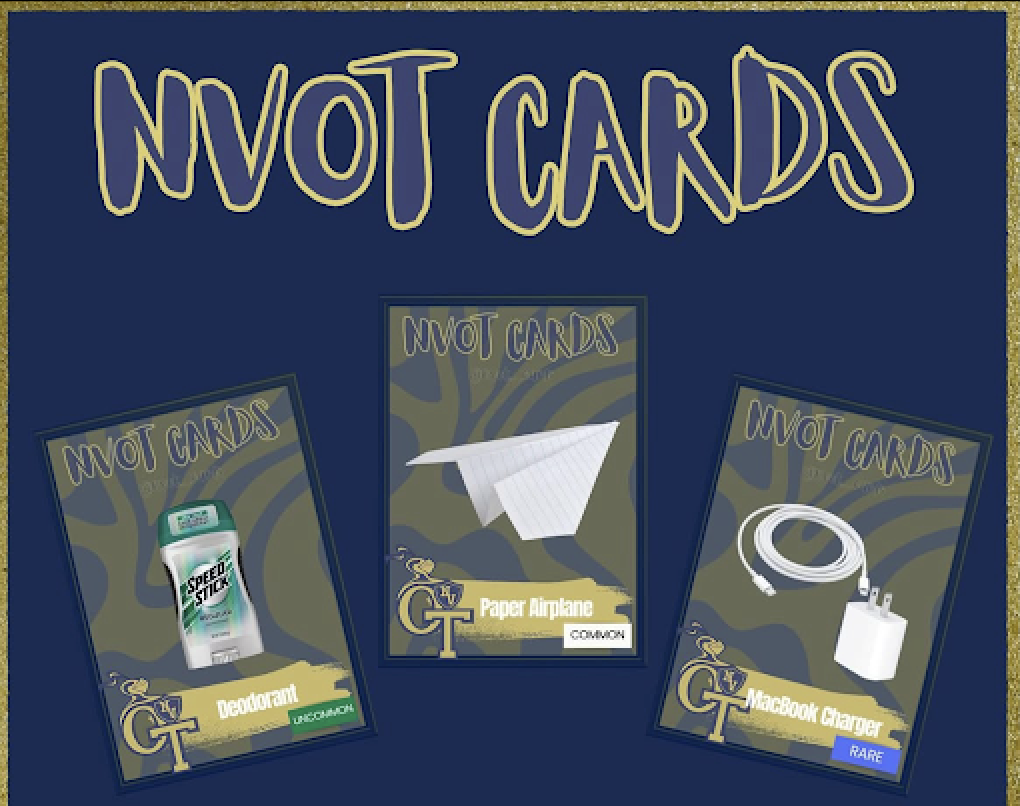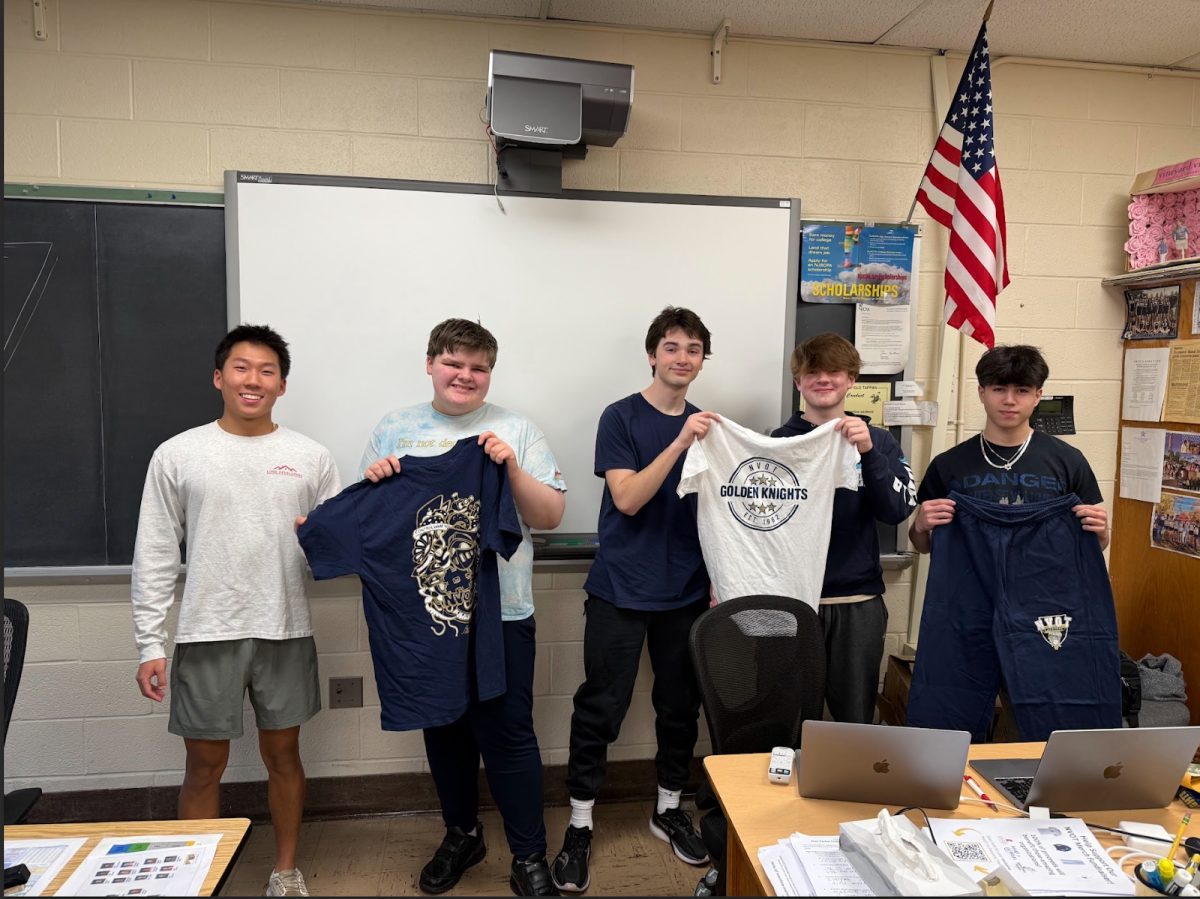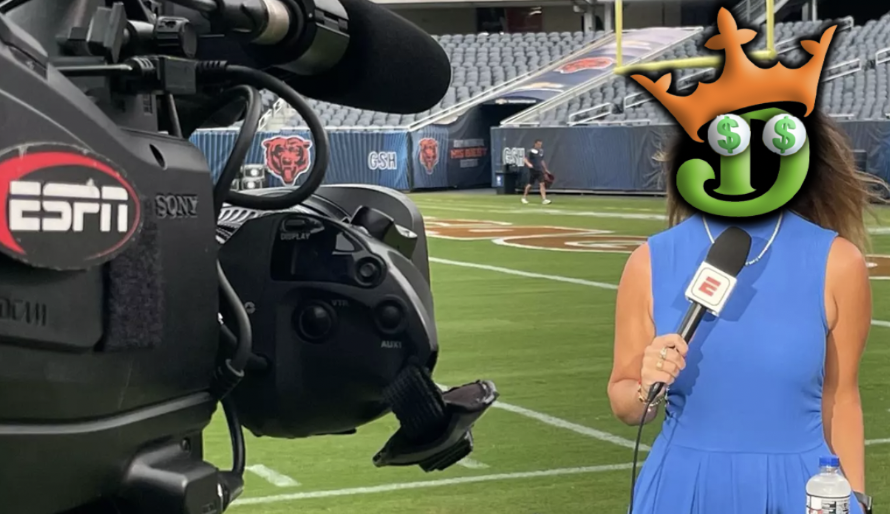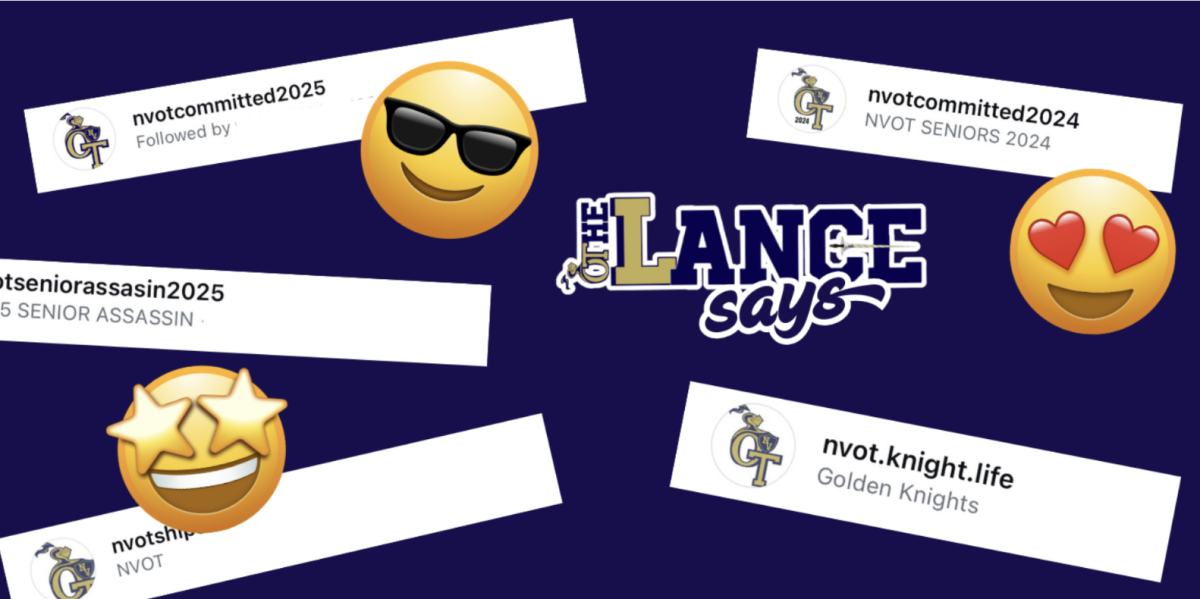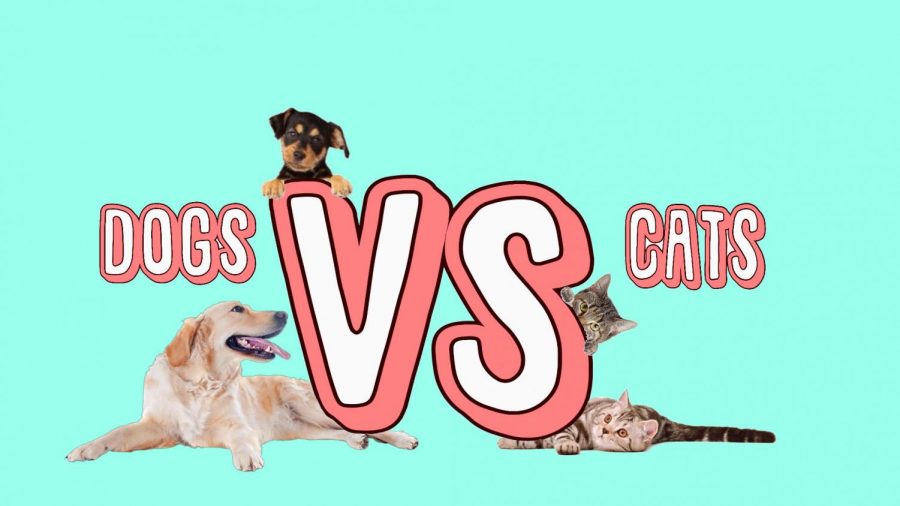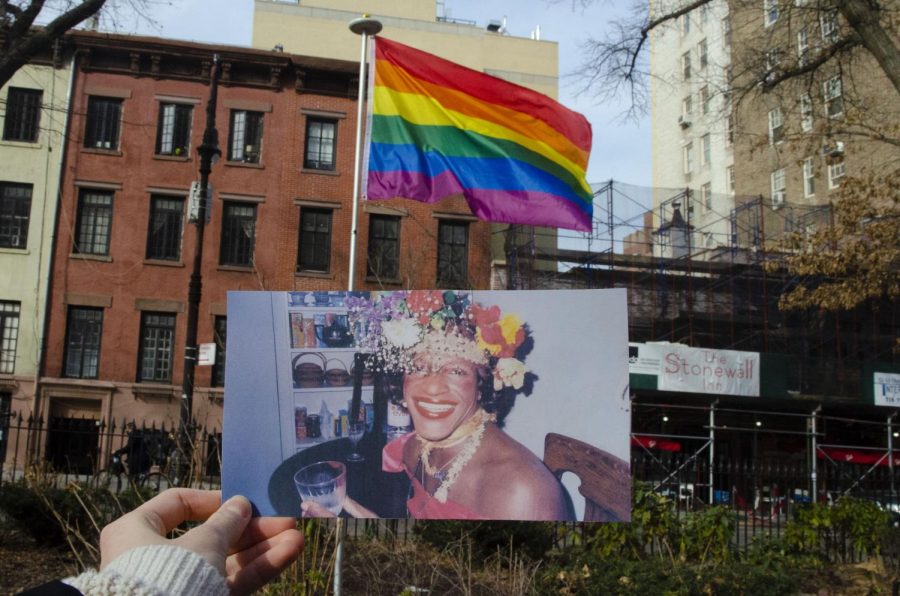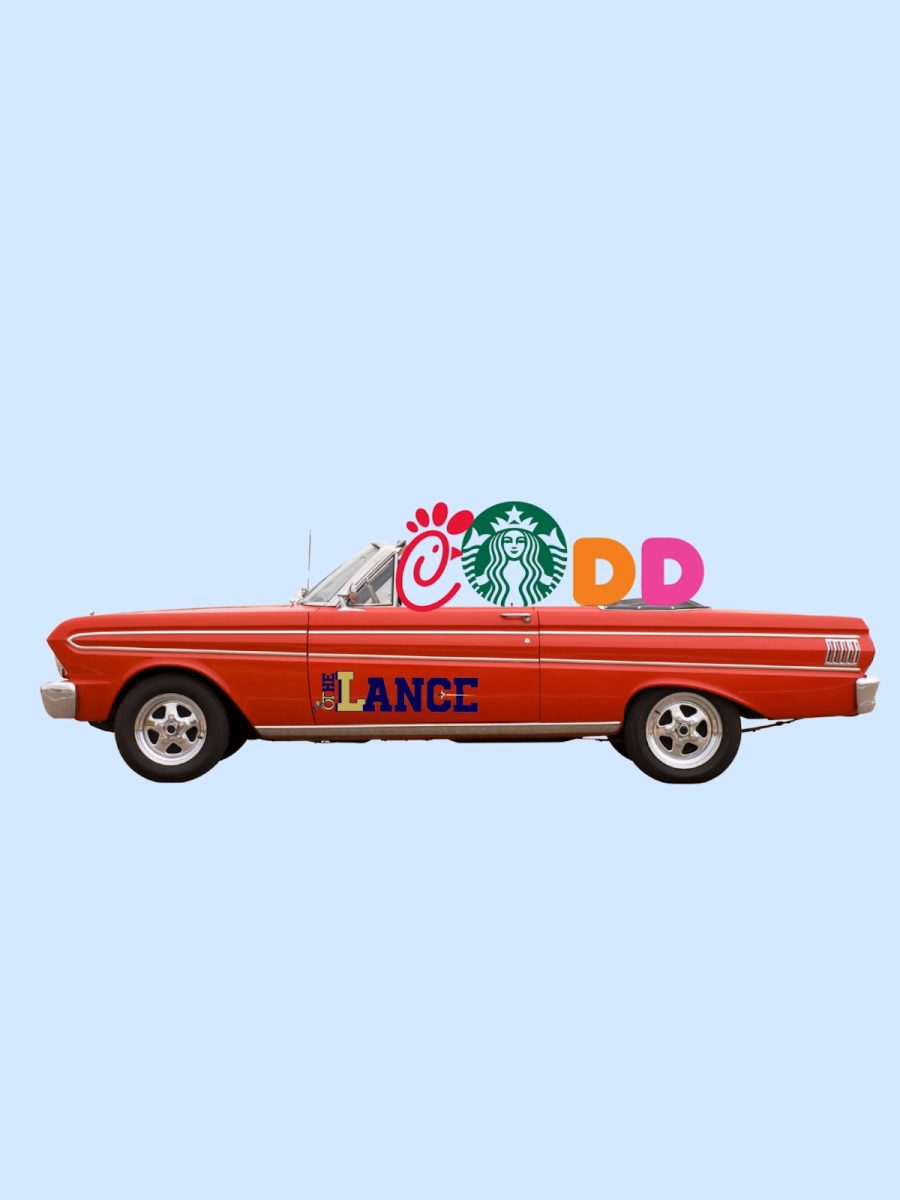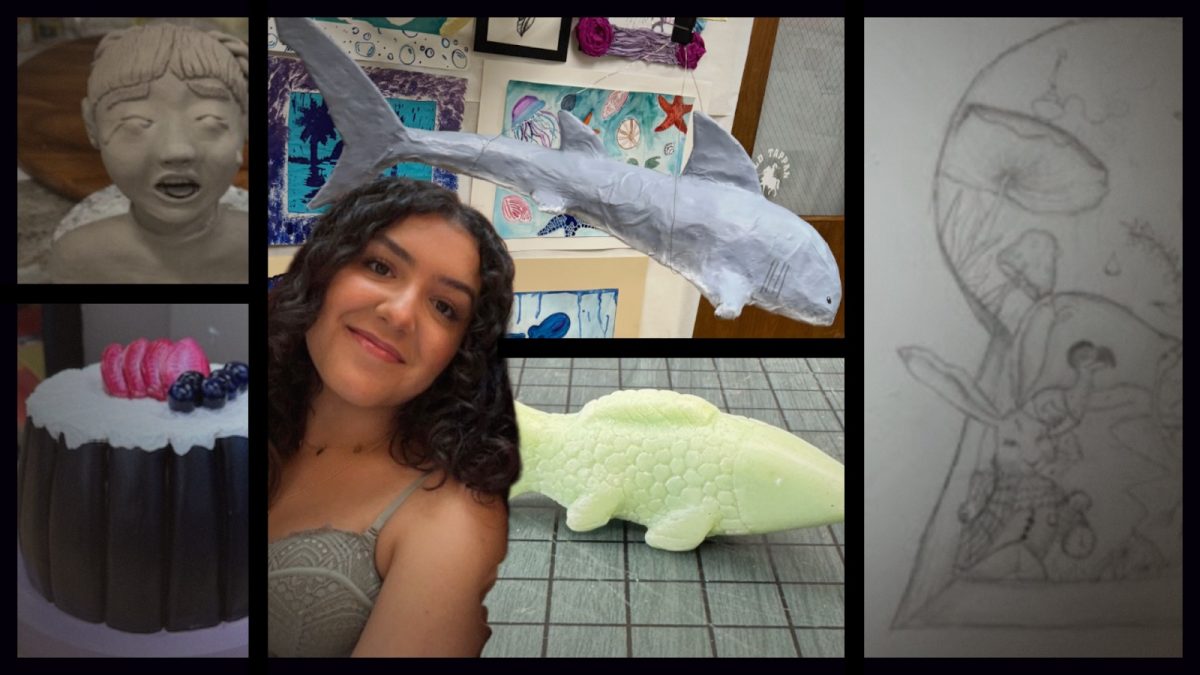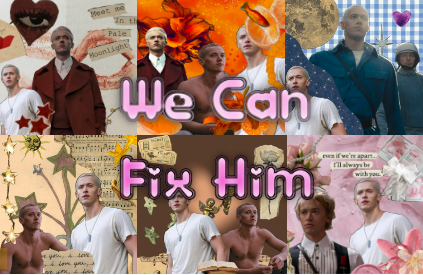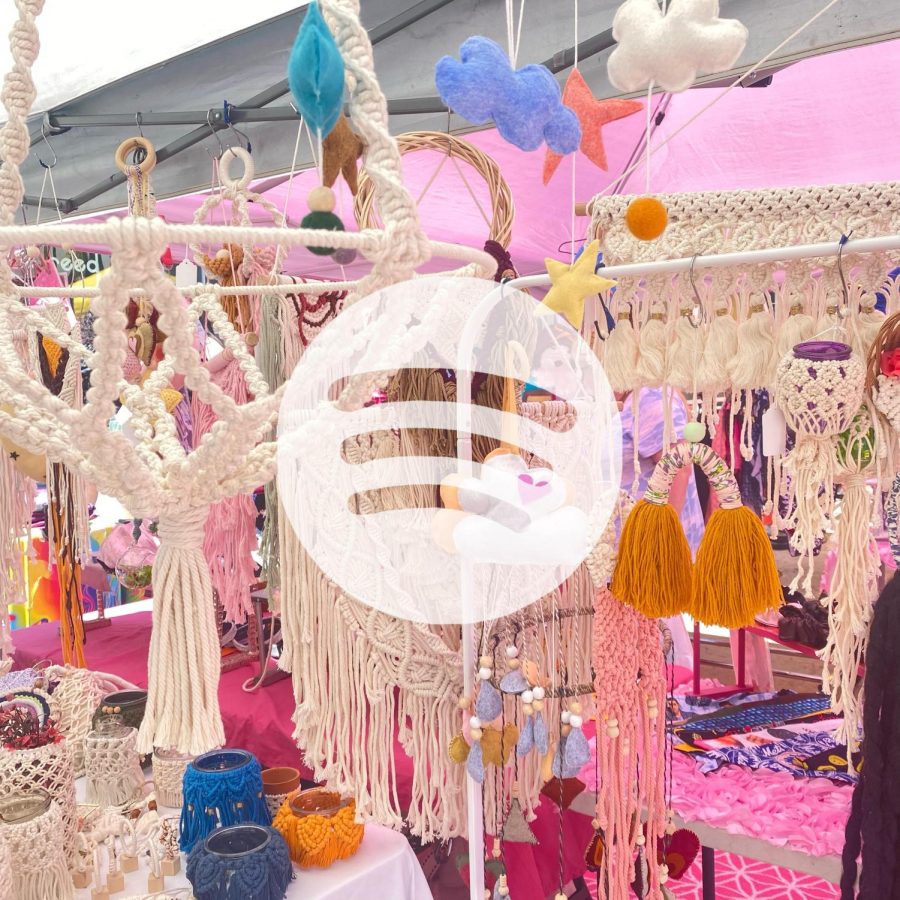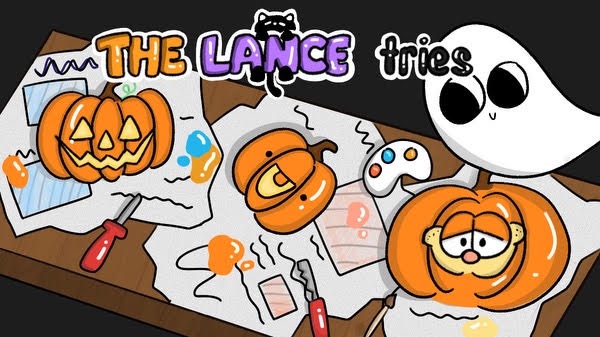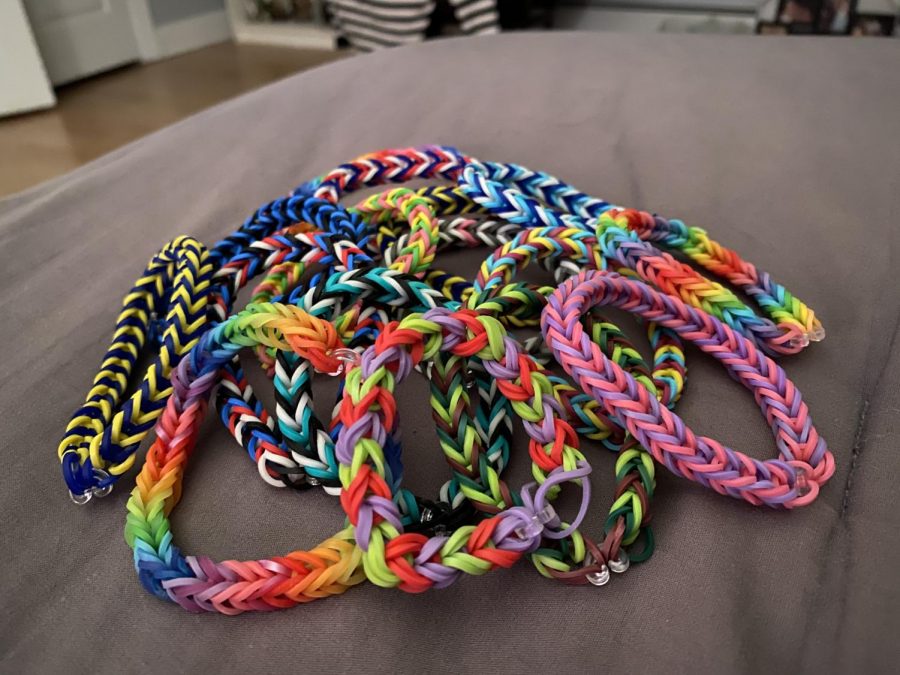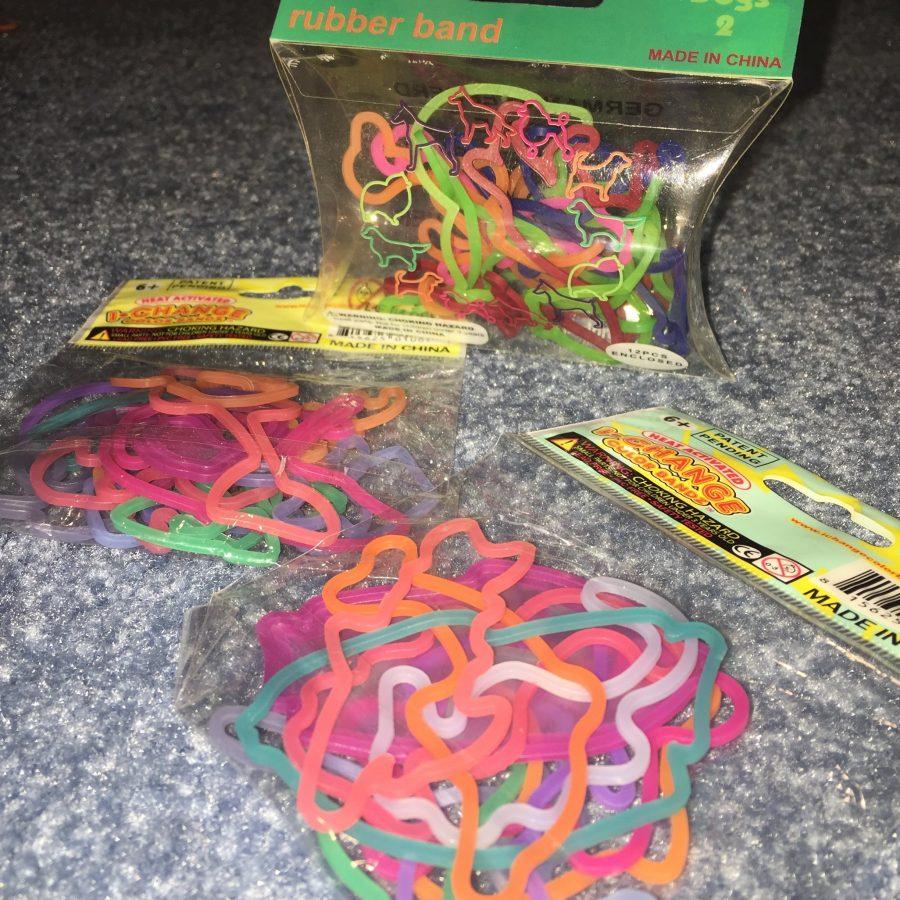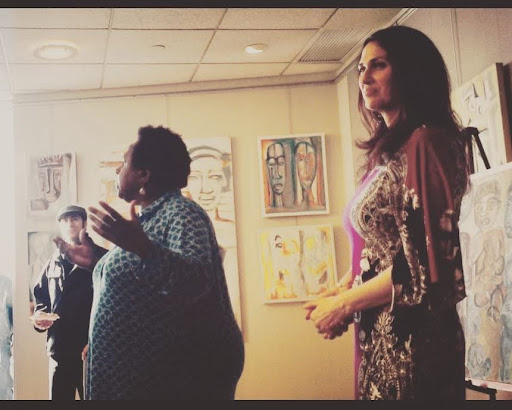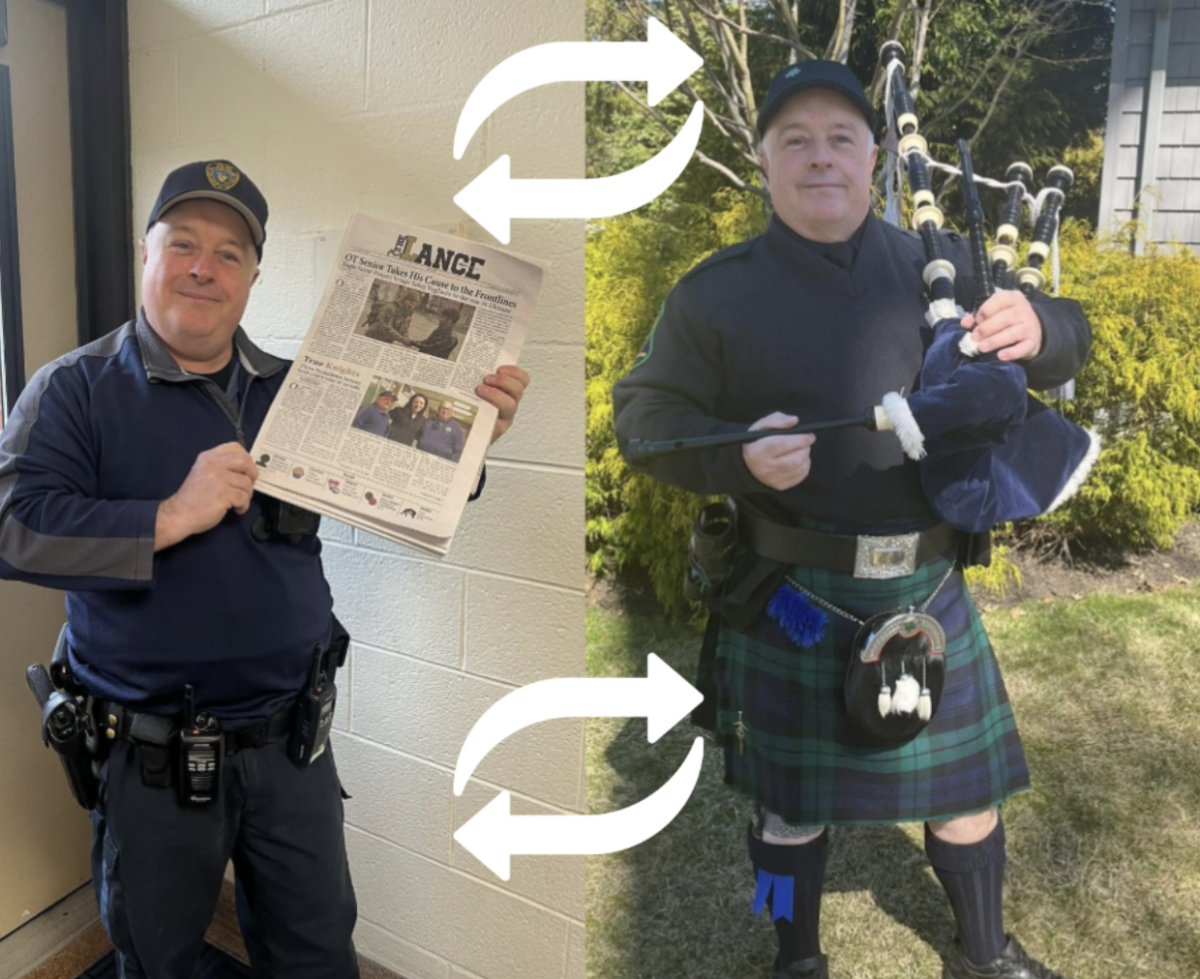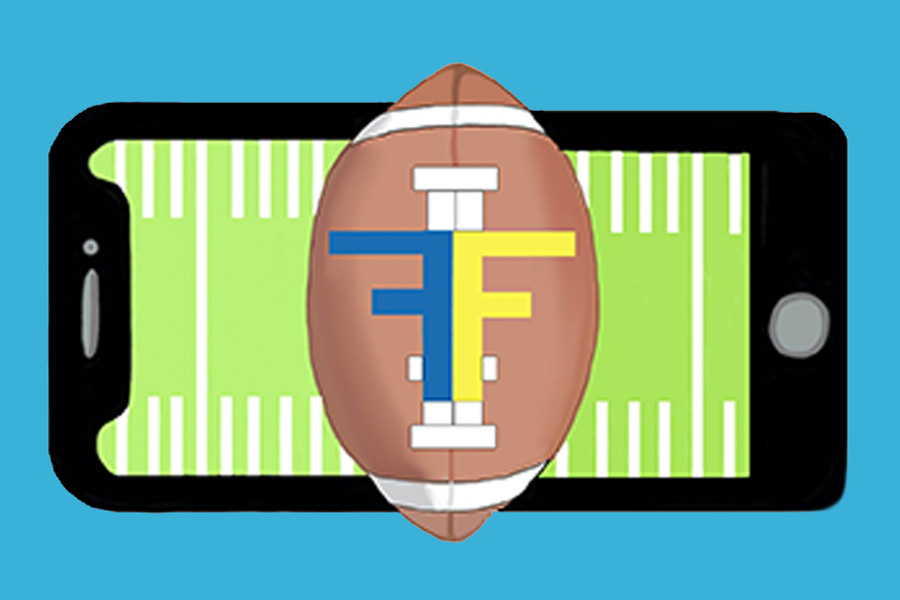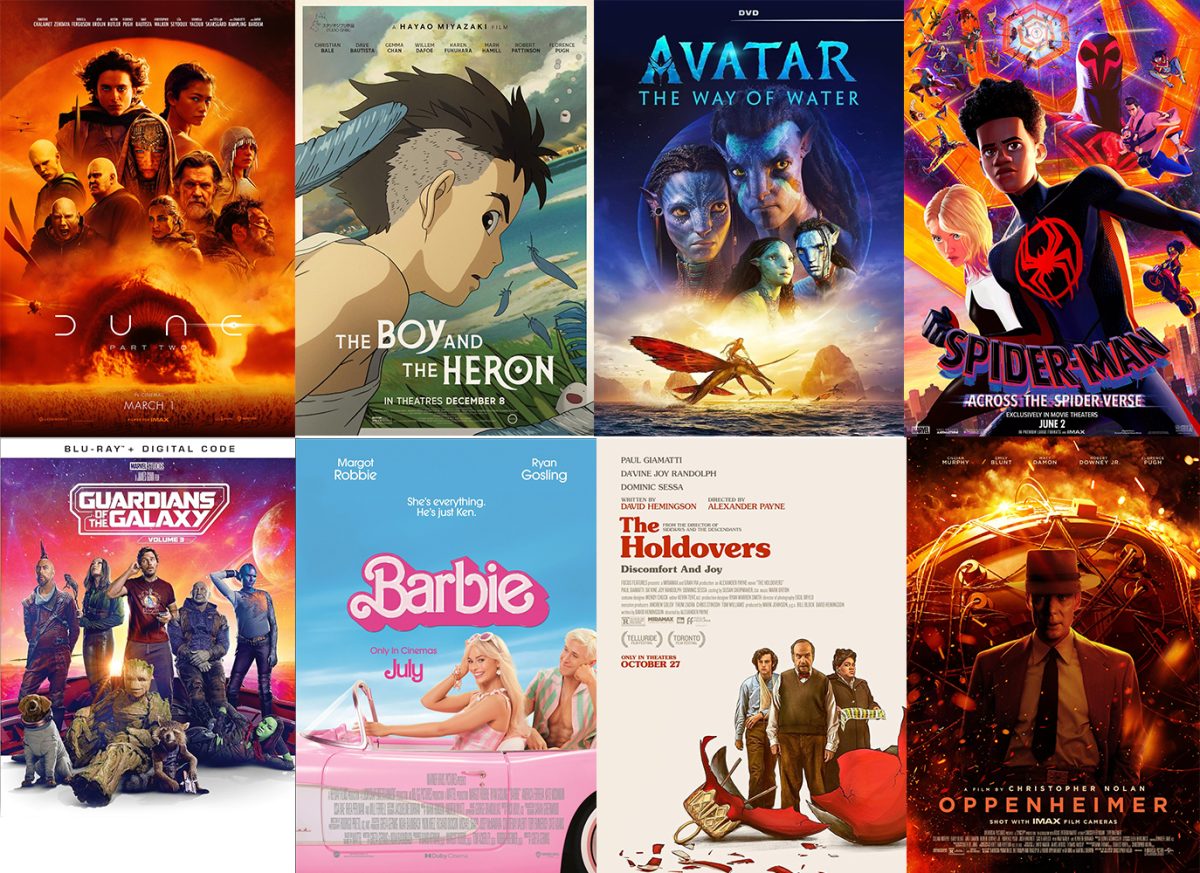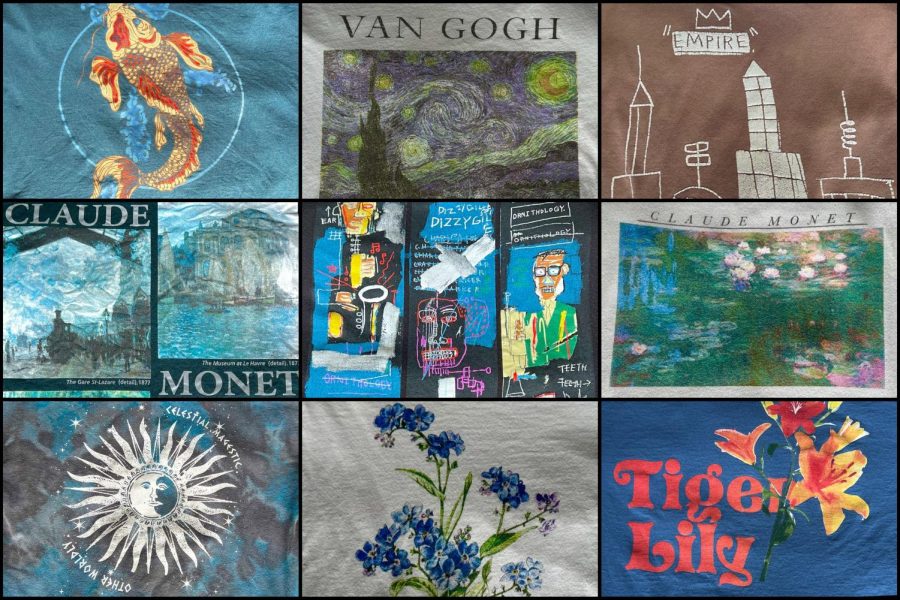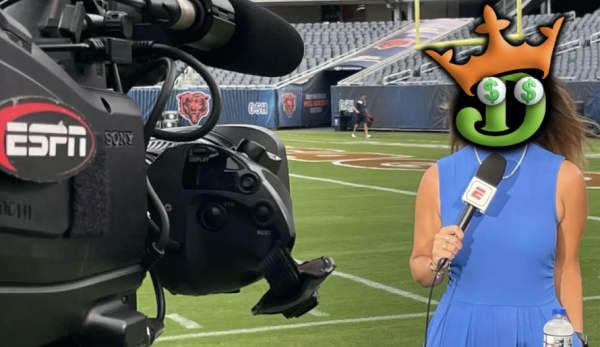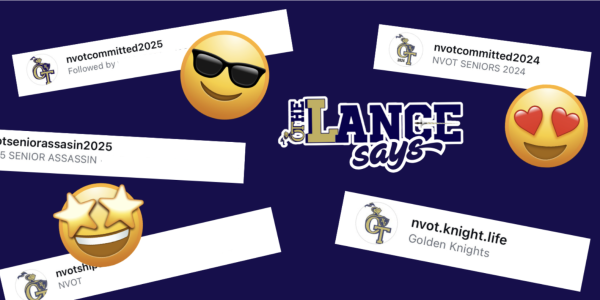Clothes As Canvas
What graphic clothing means to me.
Graphic designs can turn any piece of clothing into a work of art.
Art used to be something that would live exclusively in galleries or on living room walls. But now, art walks on two legs.
Not a single school day goes by when I don’t come across someone wearing clothing displaying the logo of a rock band, a popular company, or a TV show. Attire involving graphics is essential to many students’ wardrobes, including my own: the majority of what I wear consists of some type of graphic design. Naturally, I add to the jumble of art that floods the school hallways.
While everyone has different reasons for wearing graphic clothing — from personal connections to aesthetic appeal — it is a way of self-expression for me. It allows me to hang onto and continue to shape my identity. What I wear reflects art, music, politics, and a variety of my other interests. This form of visual representation helps to ground me; it gives me an expressive outlet that is physical, external, and individual. It is a snapshot of who I am and what I stand for.
I had mixed feelings about graphic clothing before it became one of my expressive outlets. I felt pressure to know the meaning of everything I wore, because putting on a piece of graphic clothing makes me feel that I am representing everything the image stands for. I’ve also wondered if it’s even appropriate to wear art and logos that were not intended to be used for fashion. Did Van Gogh really want The Starry Night to turn into a widely worn t-shirt design?
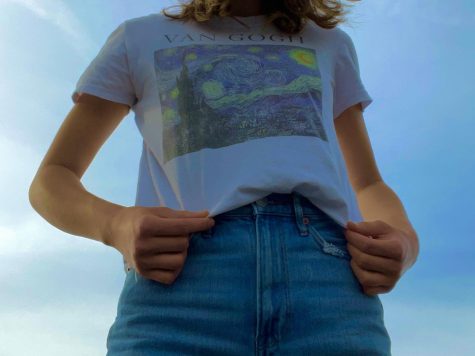
I realized that wearing art isn’t always that deep. But with so many images and logos circulating through popular clothing brands, it’s easy to be drawn to graphics we are unfamiliar with. This is when problems can arise. For example, the popular clothing brand Urban Outfitters has been the subject of several controversies after selling clothing with offensive designs.
Despite hearing about these incidents, I haven’t had personal experience with offensive graphics. I stick to imagery that I’m familiar with, avoiding anything that could be inappropriate or insulting. And while I initially choose some of my graphic clothing for purely aesthetic reasons, I always make sure I get to know what I’m wearing.
Learning about my own graphic clothing has opened the door to new interests and learning experiences for me, such as with music and art. There was a time when my music taste was limited to very contemporary songs and genres, and I didn’t care about rock music — especially not 80s rock music. But I recently started to see a lot of people wearing Def Leppard shirts, and this made me curious about the group and why its logo was a popular clothing design. I listened to the band’s songs and, to my surprise, found a few that I enjoyed. This encouraged me to explore different genres, which expanded and ultimately reshaped my music taste. Similarly, wearing shirts depicting the art of Claude Monet made me realize that I was drawn to impressionism. Not only has this given me a deeper appreciation of museum visits, but it has influenced my own art and inspired me to explore different styles.
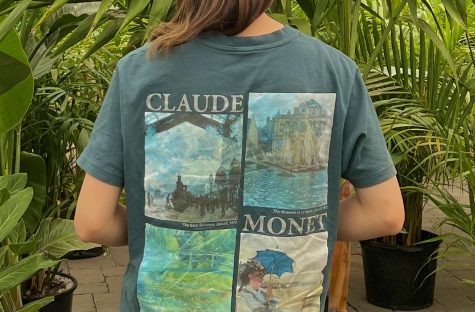
Wearing graphic designs has been as informative as it has been fun. Several years ago, I never expected that I would turn to clothing as a form of expression, but it has led me to learn about myself and the world in ways I didn’t expect. Graphic clothing can represent at the very least an aesthetic choice, and at the very most, a burning passion. I’ve realized that using graphics for self-expression isn’t ruining art or taking away its value — it’s redefining it.






